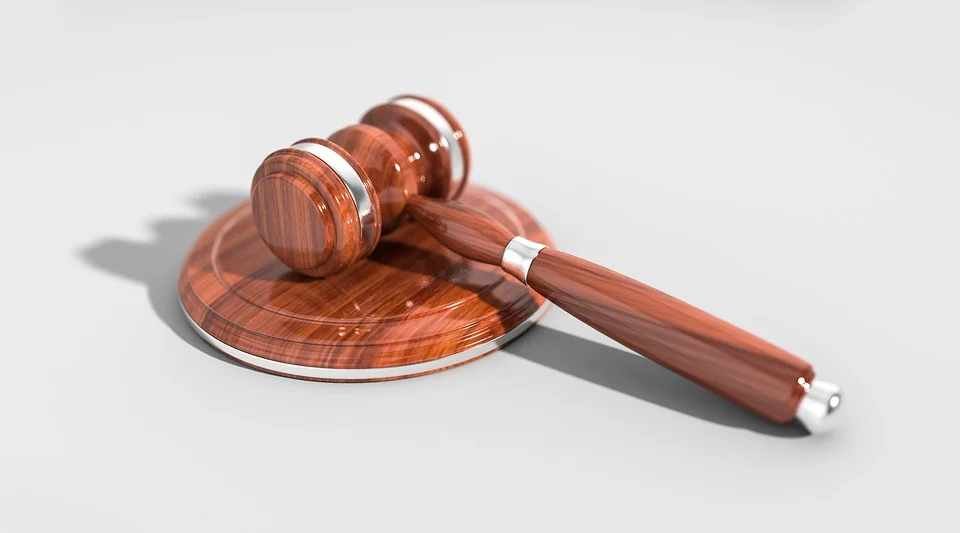A company might think that if they have been subjected to product liability, then there is no way out of it. However, that is often not the case. Before discovering the tricks of the trade, it is significant to know what product liability is.
Product liability is a liability on the manufacturer’s end if the customer experiences any sort of injury due to their negligence while making the product. If you are interested in finding the tricks to tackle this situation, keep reading!
7 Tricks of Trade to Defend yourself against Product Liability
When a company is charged for product liability, they do not have many routes for escaping. They can either defend themselves by putting the blame of the case on someone else, or they can do so by refusing to accept the mistake that they made.
They might as well tell the court that the victim of this case has absolutely no right to press complaints against their company due to many reasons.
So, the defense that you would choose would vary according to the type of situation that you are in. these seven different types of situations and defenses have been discussed down below.
1. Surpassing the Statute of limitations
In some places like Pennsylvania, if the product is damaged after two years of purchase, then the customer cannot press charges against the company. This is because the product undergoes several changes, and you might have gotten some parts repaired.
So, if your customer has experienced any injury as a result of damaged and dangerous goods, they only have two years to file a complaint against you.
For example, if you have been a victim of exact knee replacement recalls, then you have almost two years to get an exactech knee replacement recall lawyer in Connecticut. After that, you cannot press charges for it.
2. No Basis of Suing for Damages
To claim damages, you must be able to demonstrate that you have a legal right to sue. In a vast majority of instances, this can include any person wounded by the product or those who survived the accidents that took place due to the negligence of the seller. The defense may contend that someone who was not a party to the contract directly cannot bring a claim for warranty breach.
3. No Obligations on the Company’s End
When a customer files for product liability claims, these are only applicable if negligence was portrayed by the manufacturer. The manufacturer had to inform you about the dangerous side of using the product, but they did not.
However, in some cases, this is not obligatory to do so. This varies depending on the nature of the product that you are trying to use.
For example, if you are using a sharp knife, the seller is not bound to tell you that you need to use it carefully because negligence in terms of using it can be harmful.
Also Read: Virtual Desktop
4. Modifying the Product
This can be best explained with the help of motor vehicles or electronic appliances. These goods are not necessarily damaged at the time of purchase. Due to depreciation, these become dangerous to use unless you get some parts replaced or modified.
If you bought a car ten years ago, you must have taken it to the service station many times in that period of time. The mechanics and electricians must have modified your car to a certain extent.
If after that, e.g., the brakes of your car stop working, you cannot sue the manufacturer of the car for that. You can put the product liability on the mechanics or electricians who modified your car.
5. Unpredictable Use of Product
Manufacturers cannot predict the purpose of use of the product that they make. They can only warn the customers about all the consequences that may take place if they would not use it for the intended purpose or if they would go against the instructions that have been provided with the product.
If someone buys a knife, the manufacturer cannot be sued if someone uses it to harm an individual rather than using it in the kitchen. The manufacturer may contend that because they could not have anticipated that particular circumstance, they are not responsible for the harm that transpired.
Another example to understand this could be skin care products. If the product tells you that it should not be used in some areas or some parts of the face, and you go against it, then the manufacturer cannot be sued for it.
6. Predicted Risk
One defense to product liability claims is the argument that a product was only dangerous because it is a dangerous product by nature, which a sane person would anticipate when buying it and be aware of how to avoid that danger.
When you purchase a kitchen knife, you should be prepared for a sharp, potentially cutting blade. A defense based on the assumption of risk contends that a sensible individual would be aware that the product in question could harm a user whether using it normally or improperly.
Another example of this case could be a gun. The manufacturer tells you about all the policies related to gun keep. You can now use a gun for your safekeeping etc., but you need to know that you need it to hide it from children. This is the predicted risk that comes with a product that everyone sensible would know beforehand.
7. Partial Liability
If due to your negligence, you have been held accountable by a customer for product liability, and there is absolutely no way out of this, you can still try to lower the charges that have been pressed against you.
At the end of the day, it is not only the bad publicity that you are trying to avoid but also the charges and penalties that you are asked to pay.
Check to see all the individuals and companies that were involved in the supply chain of making that product. After that, check the channels of distribution involved in passing the product to the end consumer.
See if there is any way you can pass the blame or share the blame with anyone in the supply chain or the channels of distribution. You can also check to see if you can put the liability on the customer.
This way, you can either transfer 50%-60% of the penalty to the plaintiff. This is a lot better than paying 100% of the penalty charges.
This tells us that if you have been charged for product liability, it is not going to be the end of the world (or trade) for your company. If your attorney is smart enough, they will try to work around these seven different tips and tricks.
Till then, stay away from false advertising and make sure you let your customers know about all the hazards of smoking.














